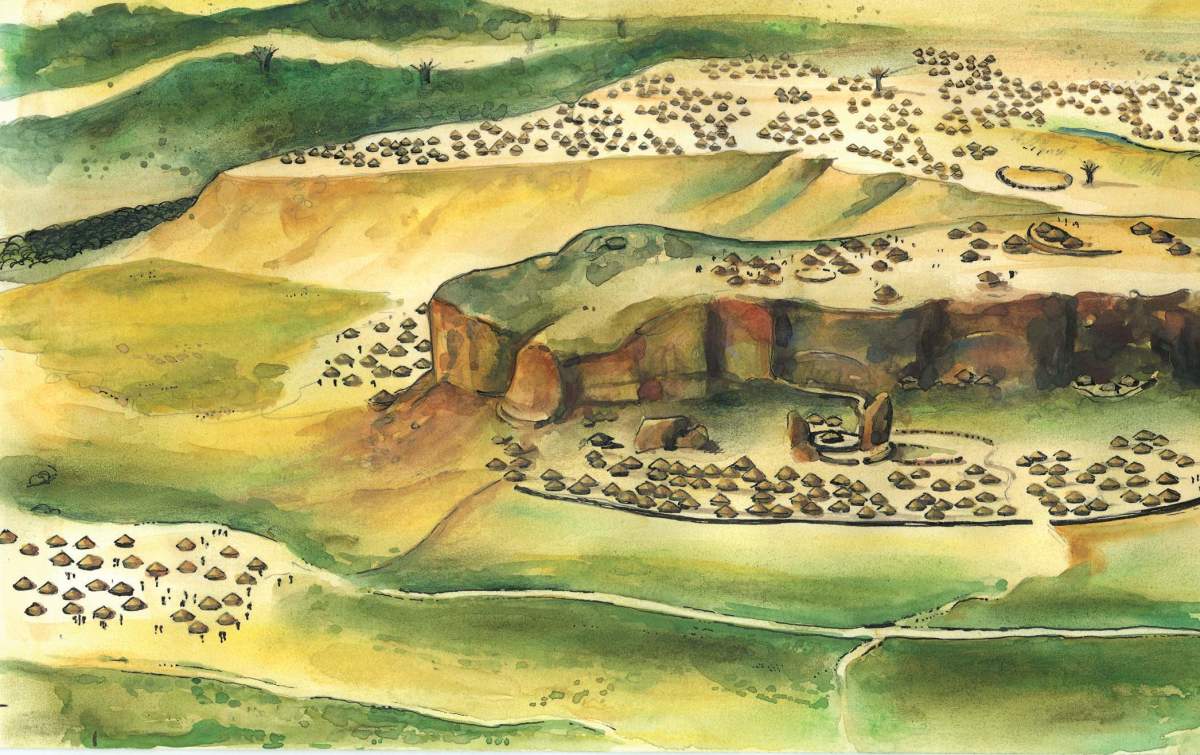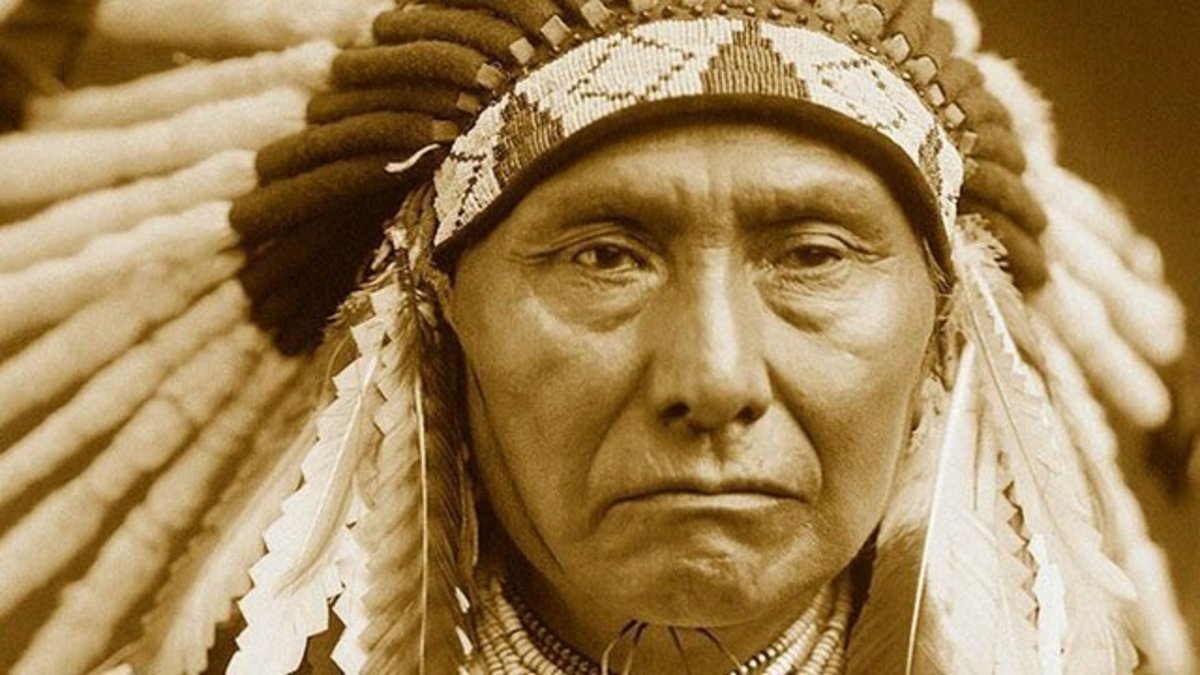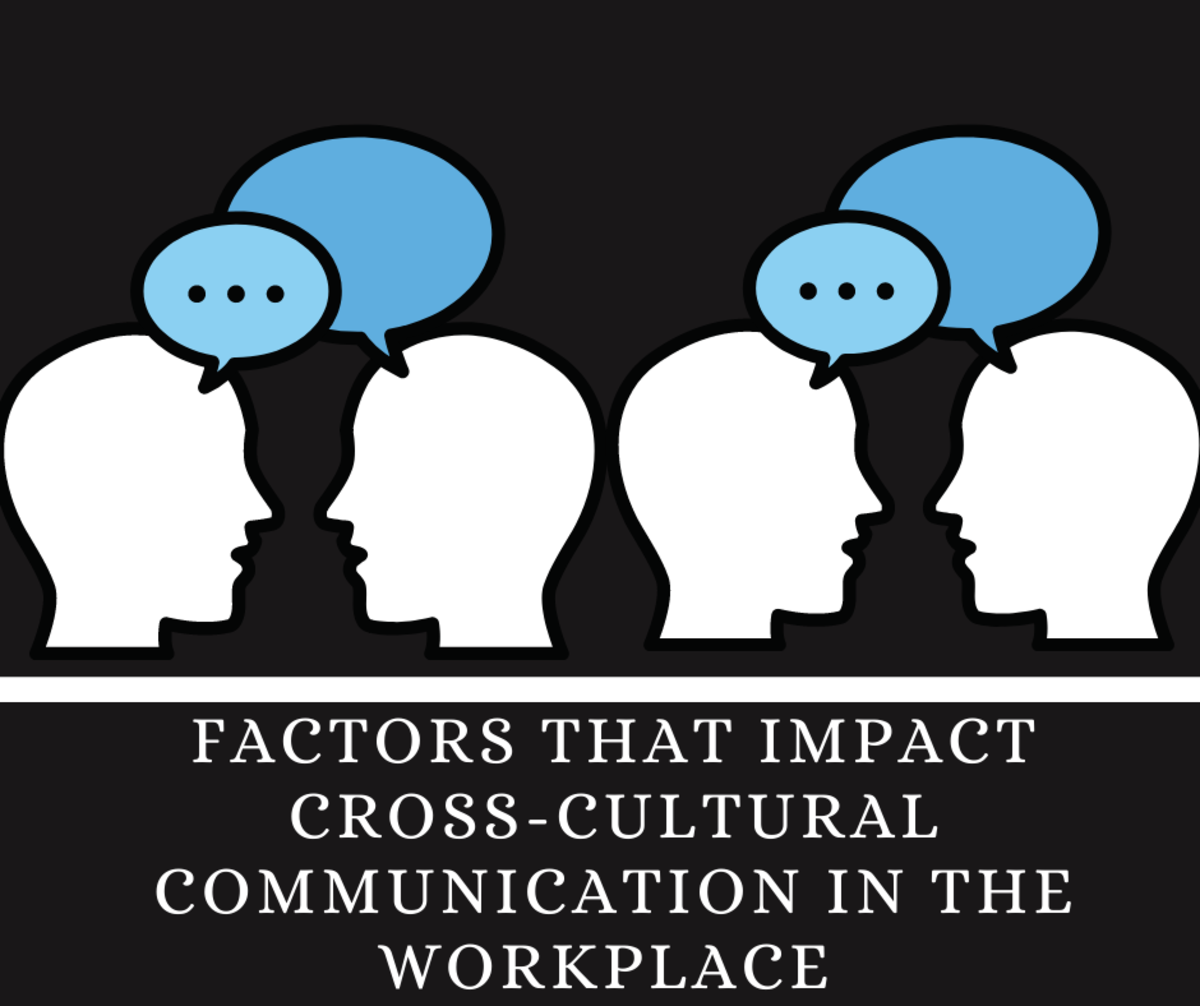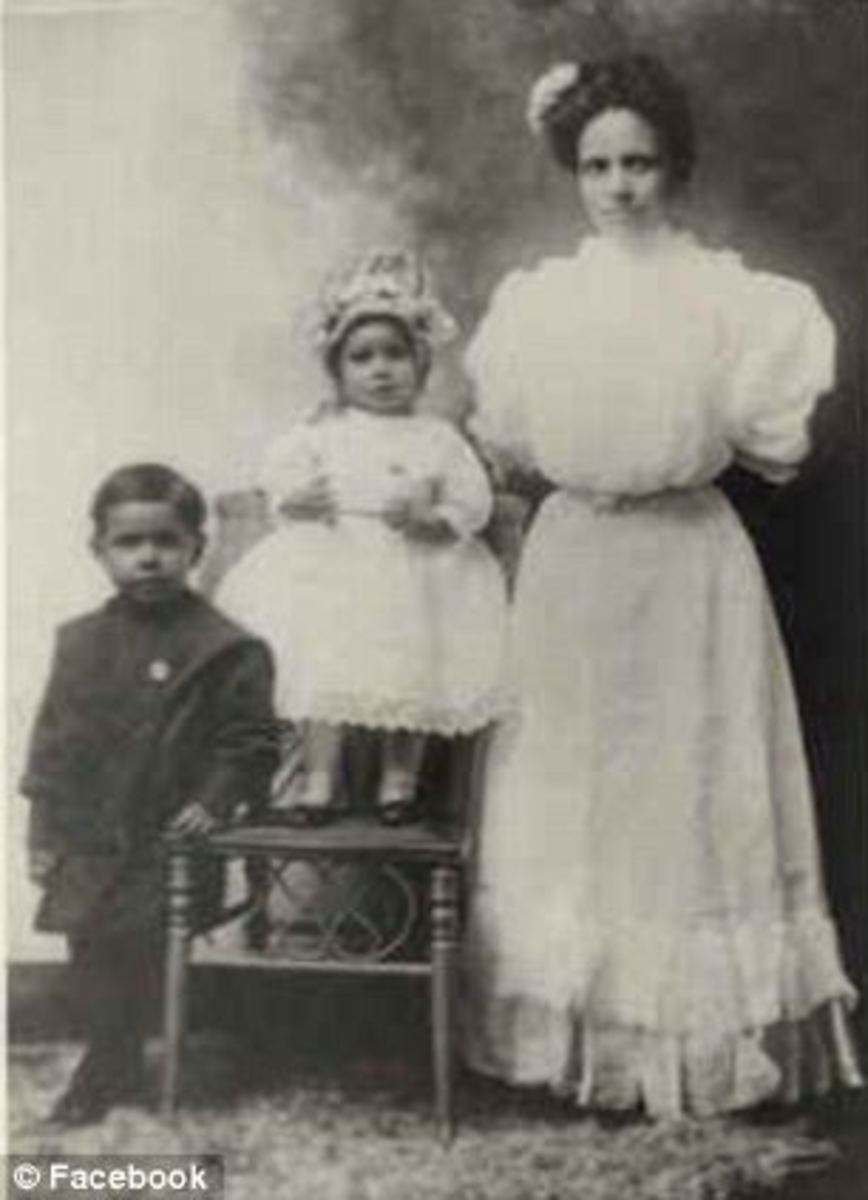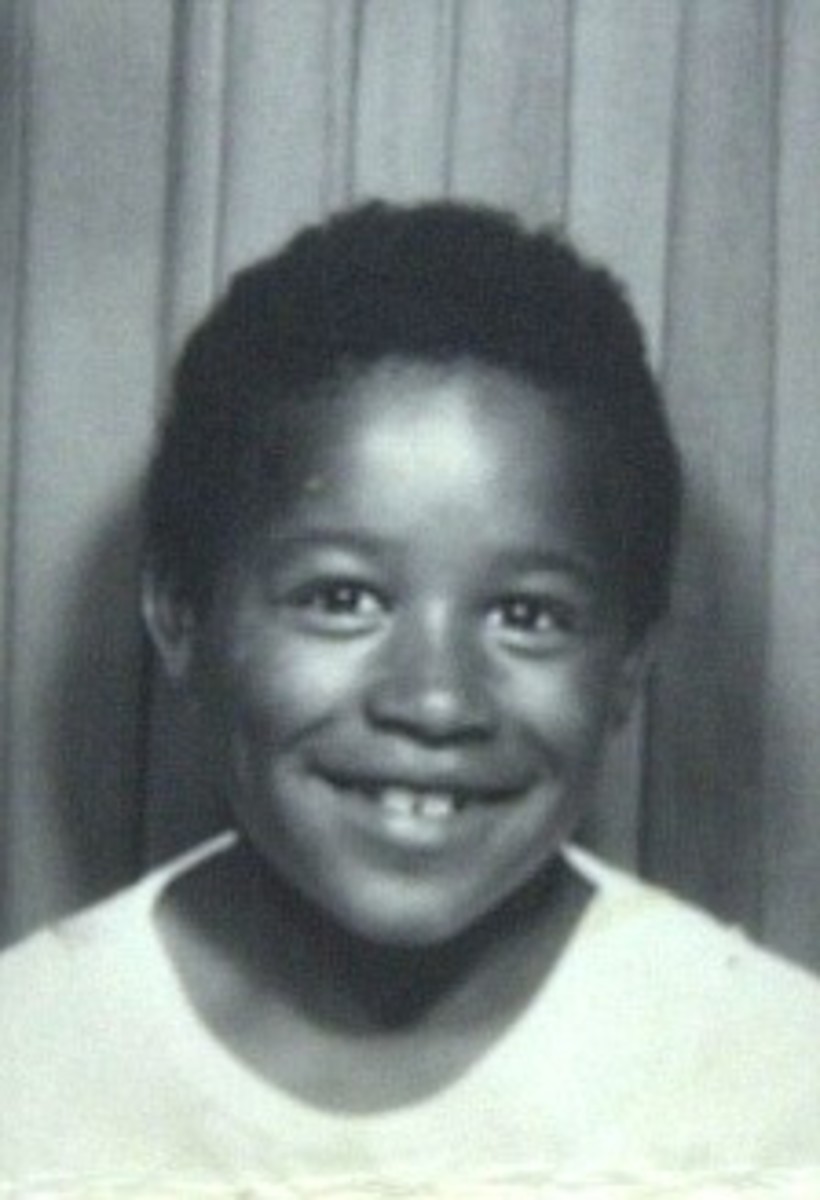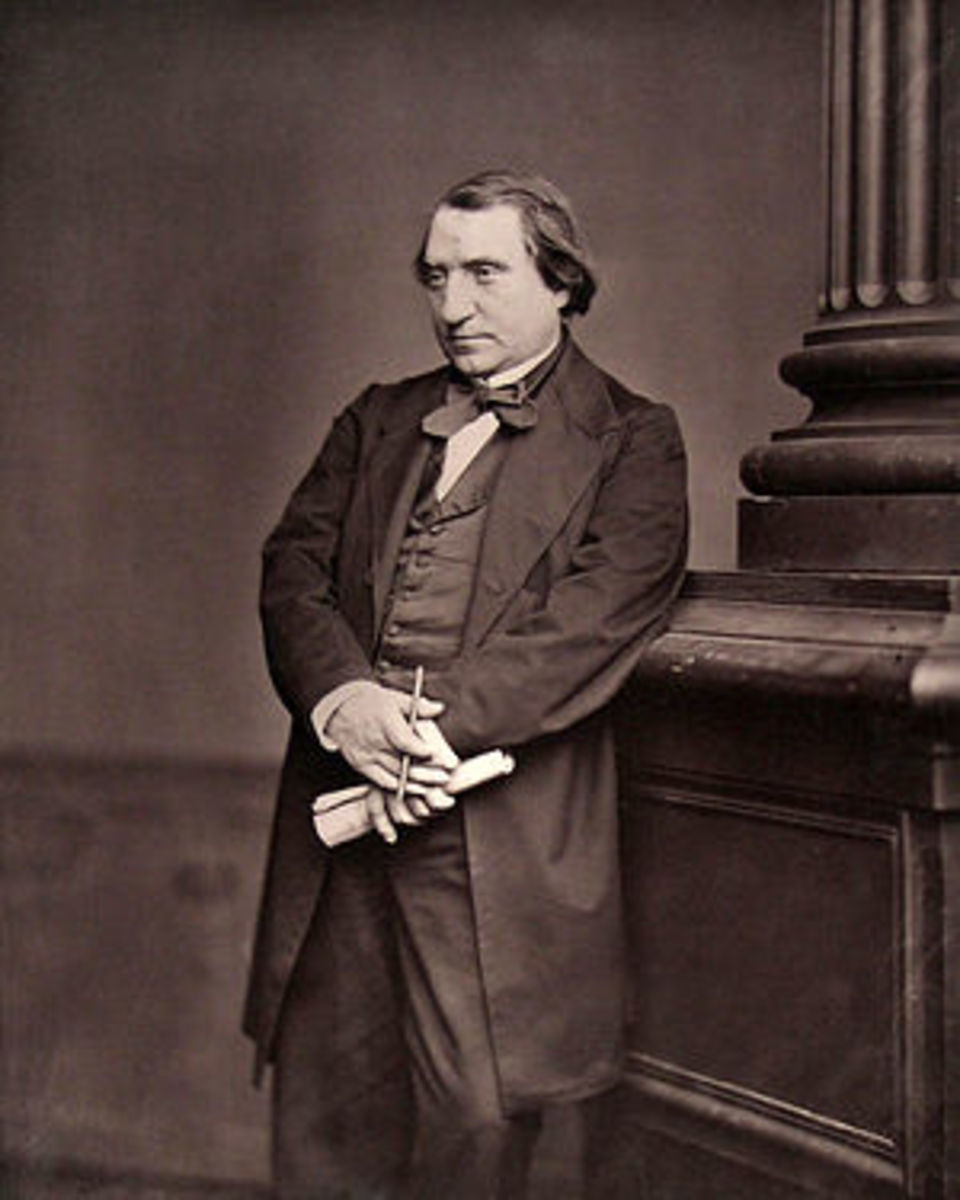“White Culture Doesn’t Exist”? A Controversial Rebuttal Rooted in History, Identity, and Nuance

A Personal Reflection on the “Cultureless” Myth
You’ve probably heard it tossed around—sometimes as a joke, sometimes as a jab: “White people don’t have culture.” It’s a phrase that’s gained traction in recent years, often used to critique colonial histories, systemic privilege, or the way whiteness has been treated as the invisible default in Western societies. And while there is some truth in the critique of power structures through history, the phrase itself can feel jarring—especially if you’re someone who’s been quietly wondering, “Wait… do I have culture? Where did it go?”
Here’s the thing: whiteness, especially in North America, has often been seemingly stripped of its ethnic roots. Irish became “white.” Italian became “white.” German, Polish, Scandinavian, French, Greek, Spanish—all folded into a single racial category that erased the nuances of ancestral traditions. And when culture gets flattened like that, it can start to feel like a blank slate. A void. A default setting. But that’s not the whole story.
Beneath the surface, there’s a rich mosaic of rituals, values, aesthetics, and inherited wisdom—some of it forgotten, some of it quietly preserved in family recipes, seasonal traditions, or the way your grandmother folded linens. “White culture” isn’t one thing. It’s many things. It’s Appalachian folk songs and midsummer bonfires. It’s the stoicism of Nordic design and the exuberance of Italian feasts. It’s the suburban barbecue, the PTA meeting, the Christmas tree glowing in the window. It’s also the cultural norms that have shaped mainstream life—often so deeply embedded that they’re mistaken for neutrality.
To say white people have no culture is to overlook the quiet rituals and ethnic legacies that still live in memory, even if they’ve been softened by assimilation or inclusion. It’s also a missed opportunity to ask deeper questions: What does it mean to reclaim cultural identity without supremacy? How do we honor our roots while making space for others?
This isn’t about defensiveness. It’s about curiosity. About remembering. About reconnecting with the stories that shaped us—even if they’ve been buried under layers of “fitting in.”
Let’s explore what “white culture” really means, not as a monolith, but as a living, breathing patchwork of history, habit, and heart.
What Is “White Culture”?
“White culture,” as it’s lately referred to, is a shorthand—an imperfect label—for the vast and varied cultural expressions, values, and traditions rooted in the histories of people of European descent. It encompasses everything from the haunting harmonies of Celtic folk songs and the hearty comfort of German stews, to the philosophical rigor of enlightenment and philosophical thinkers from Greece and the architectural elegance of French cathedrals. It lives in seasonal rituals, ancestral crafts, storytelling styles, and even in the unspoken norms that shape everyday life.
Yet in North America, whiteness has been socially constructed not as an ethnic identity, but as a racial category—one that flattens the rich distinctions between Irish, Italian, German, Polish, Scandinavian, and other European heritages into a single, generalized identity. This process of racialization didn’t just simplify—it erased. It encouraged assimilation over preservation, melting diverse traditions into a vague notion of “mainstream” or “neutral” culture. And in doing so, it created the illusion that white people have no culture at all.
But culture doesn’t vanish just because it’s been generalized. It doesn’t dissolve under the pressure of conformity. It adapts. It evolves. Sometimes it hides in plain sight—in the way a family sets the table, the cadence of a regional accent, or the quiet reverence of a holiday tradition passed down without explanation. Sometimes it’s buried under layers of shame, migration, or the desire to “fit in.” And sometimes, it waits patiently to be reclaimed.
To understand white culture is not to defend dominance—it’s to remember what was lost, what was traded, and what still lingers in the corners of memory. It’s an invitation to look beyond the surface and ask: What stories did my ancestors carry? What rituals did they honor? What wisdom did they whisper through the generations, even if I didn’t know how to listen?
Culture is not a costume or a slogan. It’s a living inheritance. And even when it’s been flattened, it still breathes.
European Roots: Diverse and Deep
Across the European continent, white culture unfolds not as a singular narrative, but as a constellation of deeply rooted traditions, seasonal rituals, artistic expressions, and philosophical legacies. Each region carries its own rhythm, its own palette of values and aesthetics—woven from centuries of myth, migration, and meaning-making.
Nordic Traditions In the northern reaches of Europe—Sweden, Norway, Finland—culture is shaped by the stark beauty of the landscape and the rhythm of the seasons. Midsummer festivals, with their bonfires and flower crowns, celebrate the sun’s brief but glorious reign. Sauna culture, more than a wellness trend, is a sacred ritual of purification and connection. Minimalist design, born from necessity and reverence for nature, reflects a cultural ethos of simplicity, functionality, and quiet elegance.
Celtic Heritage Ireland and Scotland pulse with the echoes of ancient lore. The haunting melodies of Irish music, the poetic cadence of Gaelic languages, and the reverence for seasonal pagan festivals like Samhain and Imbolc speak to a culture steeped in storytelling and spiritual attunement. Even today, Celtic knots, stone circles, and oral traditions carry the soul of a people who see myth not as fantasy, but as truth wrapped in metaphor.
Slavic Customs In Eastern Europe—Russia, Ukraine, Poland, and beyond—culture is communal, resilient, and richly symbolic. Orthodox Christian iconography, with its gilded saints and sacred geometry, reflects a deep spiritual lineage. Folk embroidery, often passed down through generations, tells stories in thread—of harvests, weddings, and ancestral blessings. Village life, with its shared labor and seasonal festivals, embodies a rhythm of togetherness that resists modern fragmentation.
Mediterranean Influence Southern Europe offers a sensual feast of culture—Italian opera that stirs the soul, Roman Catholic rituals that blend solemnity with spectacle, and Renaissance art that redefined beauty and intellect. The cuisine—anchored in olive oil, wine, bread, and sun-ripened produce—is not just nourishment, but a daily ceremony of pleasure and connection. From the piazzas of Italy to the vineyards of France, Mediterranean culture celebrates life with unapologetic passion.
Germanic Contributions Central Europe, especially Germany and Austria, brings precision and depth to the cultural table. Oktoberfest, with its beer steins and folk costumes, is more than revelry—it’s a celebration of regional identity and seasonal abundance. Christmas markets, glowing with handmade crafts and mulled wine, evoke a sense of wonder and warmth. And the philosophical lineage—from Kant’s moral rigor to Nietzsche’s existential fire—continues to shape Western thought in profound ways.
These aren’t dusty relics of a bygone era. They’re living, breathing cultures—adapted, reimagined, and still deeply influential. They shape global aesthetics, inform political ideologies, and offer emotional and spiritual frameworks that people return to, especially in times of uncertainty.
To understand white culture is to recognize that these traditions still whisper through architecture, holidays, language, and even the way people gather around a table. They are not superior, nor are they obsolete. They are simply part of the human mosaic—worthy of remembrance, reflection, and renewal.
White Culture in North America: A Hybrid Identity
In the United States and Canada, white culture is often elusive—not because it doesn’t exist, but because it’s been woven so seamlessly into the fabric of mainstream life that it’s rarely recognized as culture at all. It’s the backdrop, the default, the “normal” against which other traditions are measured. But beneath that invisibility lies a constellation of values, habits, and rituals that have shaped generations.
Work Ethic and Individualism At the heart of white North American culture is a deep reverence for self-reliance, productivity, and personal achievement. These ideals trace back to Protestant work ethic and Enlightenment philosophies that prized reason, autonomy, and moral discipline. From the rise of capitalism to the explosion of self-help books and entrepreneurial hustle, this cultural thread teaches that success is earned, identity is self-made, and worth is often measured by output.
Suburbanization and Domestic Rituals The post-war boom brought with it the dream of the suburbs—a vision of stability marked by manicured lawns, cul-de-sacs, and the iconic white picket fence. Within this space, rituals emerged: backyard barbecues, garage sales, PTA meetings, and the quiet choreography of domestic life. These aren’t just lifestyle choices—they’re cultural expressions of safety, order, and belonging. The suburban ideal became a symbol of “making it,” even as it subtly reinforced class boundaries.
Holiday Traditions and Seasonal Symbolism White culture in North America is deeply tied to holiday rituals that blend European folklore with modern consumerism. Christmas trees, mistletoe, and Santa Claus (a fusion of Norse mythology and Dutch legend) are celebrated with reverence. Thanksgiving, with its mythic retelling of colonial harmony, and the Fourth of July, with its patriotic fervor, are more than calendar events—they’re cultural ceremonies that reinforce national identity and ancestral pride.
Language and Communication Norms The way white North Americans speak—direct, low-context, and often emotionally restrained—is itself a cultural style. There’s an emphasis on clarity, personal space, and professionalism that’s often mistaken for neutrality. But these norms are deeply rooted in Northern European traditions and have shaped everything from classroom etiquette to workplace dynamics. Even standardized English, with its grammar rules and “proper” pronunciation, reflects cultural preferences that have been institutionalized.
Cultural Production and Storytelling White culture has also left its mark on music, film, and literature. Country music, with its themes of rural life and personal struggle, evolved from European ballads and Appalachian folk traditions. Rock ‘n’ roll, though born from black musical innovation, was popularized by white artists and became a defining genre of white youth culture. Hollywood cinema, with its archetypes and moral narratives, reflects Western storytelling traditions. And the literary canon—from Hemingway’s stoicism to Steinbeck’s social realism—offers a lens into white American identity, grappling with freedom, loss, and reinvention.
The Illusion of Neutrality Perhaps the most subtle expression of white culture is the idea of neutrality itself. Corporate professionalism, standardized testing, academic tone, and “unmarked” spaces are often treated as universal—but they’re shaped by white norms. The expectation to be “objective,” “polite,” or “efficient” is not culturally neutral—it’s inherited. And recognizing that doesn’t diminish its value; it simply makes space for other ways of being.
White culture in North America isn’t loud or easily labeled. It’s quiet, coded, and often taken for granted. But it’s there—in the way people gather, speak, celebrate, and strive. And when we begin to name it, we open the door to deeper understanding—not just of whiteness, but of the cultural forces that shape all of us.
Culture Isn’t Exclusive—It’s a Living Exchange
To say that white people have no culture is to overlook the very real ethnic identities many still hold dear—identities that pulse with memory, ritual, and resilience. Italian-Americans still gather around altars on St. Joseph’s Day, offering pastries and prayers in a tradition that blends Catholic devotion with ancestral pride. German-American communities maintain beer halls and polka festivals, echoing the communal joy and seasonal rhythms of their homeland. In the Appalachian mountains, ballads are sung in haunting minor keys, and herbal medicine is passed down like sacred knowledge—remnants of Scots-Irish and Indigenous wisdom woven into the land itself. Jewish Americans, many of whom are racially categorized as white, carry centuries of religious, cultural, and philosophical tradition, from Shabbat dinners to mystical texts that explore the soul’s journey.
These aren’t just quaint customs—they’re living expressions of identity. And yet, many of these traditions have been softened, diluted, or erased—not because they lacked meaning, but because assimilation demanded it. In the pursuit of “fitting in,” ethnic heritage was often traded for social acceptance. Names were anglicized. Languages were lost. Rituals were tucked away, deemed too foreign, too loud, too inconvenient. But then there were also many cultures that have been interwoven into North American customs that we know today.
But here’s the deeper truth: culture isn’t meant to be locked within one group or guarded like treasure. It’s meant to be shared, adapted, and honored, especially when we consider that North American countries are considered a melting pot. When Italian food becomes a staple in American homes, when Celtic music is played at festivals by people of all backgrounds, when Jewish philosophy informs modern psychology—this isn’t theft. It’s transmission. It’s the way culture breathes.
Of course, sharing must come with respect. Cultural exchange becomes problematic only when it’s stripped of context, commodified, or claimed without acknowledgment. But when done with reverence, culture becomes a bridge—not a boundary. It allows us to see ourselves in others, to find common ground in celebration, grief, and ritual.
So when we say white people have no culture, we risk erasing not only the ethnic legacies that still live in memory, but also the possibility of shared humanity. We risk deversifying so many different cultures and reducing them to a skin color. We miss the chance to ask: What have I inherited? What have I forgotten? And what might I offer back to the world—not as a claim of ownership, but as a gesture of connection?
Culture is not a possession. It’s a conversation. And every tradition, no matter how quiet or complex, deserves to be part of that dialogue.
Culture Isn’t Skin Deep—It’s Where You Stand, What You Carry, and How You Live
Let’s get real for a moment: culture isn’t just about the color of your skin. It’s about how you live, where you live, and what you absorb from the world around you. It’s the rhythm of your daily rituals, the way your community celebrates, mourns, eats, speaks, and gathers. You could be white, black, brown, or anything in between—and if you’ve lived in Louisiana, for example, long enough, you’re going to start doing things the Louisiana way. You’ll feel the pull of Mardi Gras, the reverence for gumbo, the music in your bones, and the storytelling that dances between porch swings and church pews. That’s culture.
Now take someone from Montana. The pace is different. The values shift. You’ll find a culture rooted in wide-open spaces, rugged independence, and seasonal rhythms that shape everything from hunting traditions to community potlucks. It’s quieter, maybe, but no less rich. And again—skin color doesn’t define it. Geography, history, and shared experience do.
So when people say “white people don’t have culture,” they’re missing something vital. Not just the ethnic traditions that many still hold dear but also the regional cultures that shape identity in ways far deeper than race.
These aren’t borrowed customs. They’re inherited ones. And yet, in the pursuit of “Americanness,” many white individuals are being accused of stealing or not having a culture at all. They're often accused of appropriation.
Culture isn’t a possession. It’s a living exchange. It’s not meant to be hoarded or gatekept—it’s meant to be shared, honored, and lived. And the real danger isn’t in curiosity—it’s in erasure. Erasure happens not just when groups commodify marginalized traditions, but also when entire communities are told they have nothing of their own to remember.
So, let’s stop pretending culture is skin-deep. Let’s stop treating whiteness like a void.
Final Thoughts: Honoring Every Origin Without Hierarchy
Let’s name what’s often glossed over: claiming that any race, tradition, or geographical origin is less cultured, less valuable, or less worthy than another isn’t just inaccurate—it’s deeply insulting. It dismisses the lived experiences, ancestral wisdom, and emotional landscapes of entire communities. Whether someone’s roots trace back to the bayous of Louisiana, the fjords of Norway, the mountains of Peru, or the villages of Ukraine, their culture is real. It’s meaningful. It’s enough.
And yet, in today’s climate, something troubling is happening. The fight against racism has in some circles morphed into a new kind of labeling, a new kind of hierarchy. Whiteness is often reduced to a scapegoat, or a symbol of guilt. Ethnic traditions within white communities are dismissed as irrelevant or appropriative. And the irony is heartbreaking: in trying to dismantle racism, we risk reinforcing it. We risk replacing one form of exclusion with another.
This isn’t justice—it’s inversion. And it doesn’t heal. It hardens.
The path forward isn’t to defend any race as superior. It’s to recognize they have complex, evolving identities—that carries nuance, history, and room for growth. It’s about acknowledging the cultural richness within communities without weaponizing them, and without pretending it’s the only story worth telling. It’s about reclaiming ethnic identity with humility, not supremacy.
So let’s stop pretending culture is skin-deep. Let’s stop treating whiteness—or any identity—as a void or a threat. Because every tradition, every root, every ritual matters. And none of us are more cultured—or less cultured—than the rest. The real work of anti-racism isn’t in swapping labels—it’s in dismantling the systems that rank us in the first place.
Let’s reclaim with reverence. Let’s remember with grace. And let’s make space for every story—because healing begins when we stop dividing and start listening.
Sources & Further Reading
- New York State Department of Health – Race/Ethnicity Reporting Guidelines Explores the diversity within the “White” racial category, highlighting ethnic subgroups such as Appalachian, Cajun, Polish, and Italian-American communities. health.ny.gov/publications/15493.pdf
- Oxford Academic – “The Making of White American Identity” (Social Forces Journal) A sociological analysis of how white American identity has evolved through cultural trauma, media, and political movements. academic.oup.com/sf/article-abstract/103/1/e15/7645350
- SAGE Journals – Interview with Ron Eyerman on White Identity A scholarly conversation exploring the cultural sociology of whiteness, ethnic memory, and regional traditions in the U.S. journals.sagepub.com/doi/pdf/10.1177/17499755231
This content is accurate and true to the best of the author’s knowledge and is not meant to substitute for formal and individualized advice from a qualified professional.
© 2025 Erin K Stewart

